
Sam Wrigglesworth & Ellie Musgrave
Sam Wrigglesworth: In my current arts practice I use photographic self-portraiture as a method of embodying and taking ownership of traumatic memory. My current inquiries are concerned with the body and the land as a living archive. I am interested in the natural environment as a space that displays records of the past while it is simultaneously growing, expanding, and shifting. This physical layering of memory defies notions of linear time or stagnation. This view of the landscape assists me in considering the healing process of a traumatized body. From this perspective I strive to locate and recontextualize the internal and ingrained within the external world.
Traces of a presence in sand, burned trees (yet alive and resilient) and my body submerged in water all allude to my internal process of healing and quiet acceptance. Trauma is not stable, comprehensible or quantifiable. It has both the presence of marks riven into the face of a cliff, and the quiet absence of an imprint in grass from a body that has turned toward itself.
Ellie Musgrave: My images reference feelings of memory, loss, and uncertainty; they serve as placeholders of elements of my past. My anxiety about events outside of my control is mirrored by the practice of film photography, specifically the inability to immediately see photographs of subjects not accessible in my daily life. In 2016 my father developed a seizure condition, which resulted in memory and cognition problems. Since then, I have been making work that contemplates what I have deemed memorable, should I be unable to hold onto those memories.
Writings, photographs, and thoughts become an intricately strung web. I wrestle with control every time I leave New York to photograph the yard in front of the house I grew up in, or the woods I used to run off to, and return without knowing what I’ve been able to take with me. My aim is to immortalize the places that bear significance with these images. I would like to invite the viewer into the dream states I occupy, the velvet-soft hovel of grief and loss.


Left: Sam, Right: Ellie
EM: First of all, I want to say thanks to you, Sam, for the opportunity to discuss your work- I'm a huge fan of your photographs, and this body of work in particular really sings.
SW: Thank you for sharing the time with me, Ellie. I’m an admirer of your work too.
EM: Can you speak to the places and types of landscapes you were seeking out when you started this project, and how your choice in scenery may have changed as you continued working?
SW: When I first started shooting landscapes, I wasn't thinking about anything specific about place or geography. I just knew I was interested in the natural environment as this space that shows layered time, and I followed that impulse. I was drawn to spaces where you had a sense that there was some type of interruption or impact. An uprooted plant, burnt tree, a bodily impression in beachgrass. I was also really interested in this sense of unstable or permeable ground. I kept making these pictures of puddles, mud or sand. I didn't use a lot of them but I kept making them, kind of this itch I kept scratching. After some time passed, I started to realize that I was really interested in looking at nature as this way of conceptualizing healing a body. I was looking at Ana Mendieta's work at some point in undergrad and things started to click into place. At that point I realized that I needed to incorporate my own body into my pictures, and in that same stride I started shooting self-portraits and landscape pictures that were specific to my own memories and experience. I started with a wide net of landscape pictures with a variety of environments, but later on I resolved to only make images in the Northwest (where I have lived for most of my life). I edited out any images that were from places farther off that I didn't have a more established connection to, even if I liked what they were doing as pictures.
EM: What drove you to pursue this subject matter specifically through film photography? Are there technical elements you add or alter while making the work?
SW: As far as adding or altering, I’ve only used natural light for this project and I'm really only interested in color editing and cleaning up dust after scanning. If there's something in the image that I don't like, I'm not opposed to clone stamping it out but I try to start with something I like when photographing.
For this project, I use medium and large format cameras and I always work on a tripod. I love the image quality of larger film, but really I am drawn to working this way because it slows me down. It helps me focus and consider everything more carefully. Tripods are useful for heavy cameras and self portraits, but I also like working on a tripod because the view is distinct from my own (eye) view. Since the work is a bit vulnerable, I feel like I could become self-conscious if the pictures were formally attached to my personal gaze. It feels better to structure a view that's one step removed. I'm also interested in photographic film processes as being comparable to processing traumatic memory, this idea of trauma as disturbing linear temporality along with the deferred nature of realizing a film image.
 Sam Wrigglesworth
Sam Wrigglesworth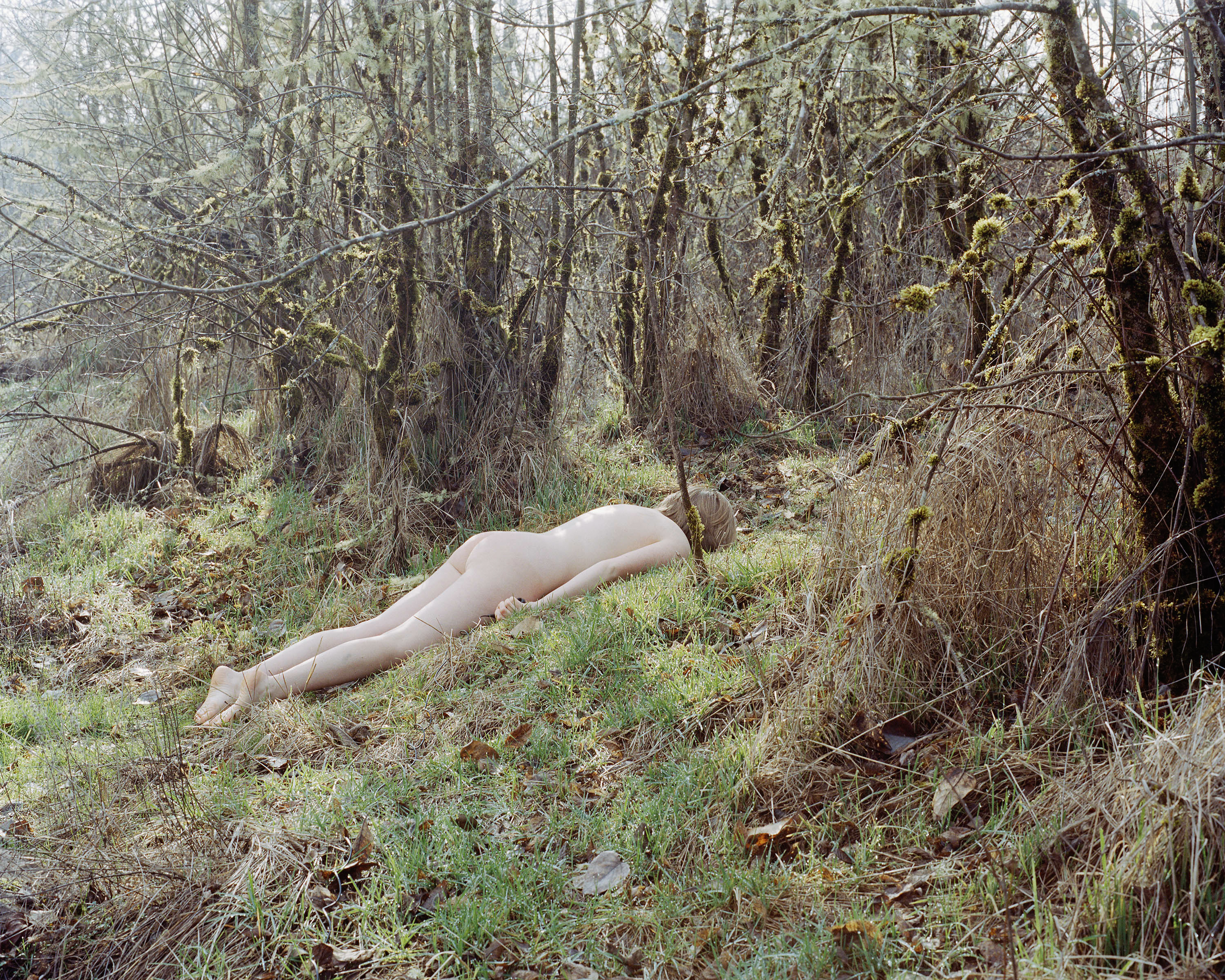
Sam Wrigglesworth

Ellie Musgrave
SW: I see what you’re saying about passive vs active engagement in retrospect, but I wouldn’t say it was a choice I was making in the moment, or I wasn’t thinking about it in those terms at least. I was just making pictures of myself that I needed to see, or ways of interacting with the environment that felt right. I was trying to be really present and honest in the way I was portraying myself. It might seem like a weird decision to lie down naked in dirt but to me it was meditative and not performative at all. I was interested in this idea of sinking, nesting, being protected in some way—becoming absorbed into something larger than myself.
Going back to this idea of trauma as disturbing notions of linear time, I was interested in taking pictures that represented moments after an event without revealing a clear narrative beyond a consistent subject. In the picture of me in the lake, am I floating or sinking? I think of the pictures as a suggestion of something without really arriving at a concrete resolve, the same sort of way that I find that traumatic memory has this quiet presence/absence effect throughout one’s life.
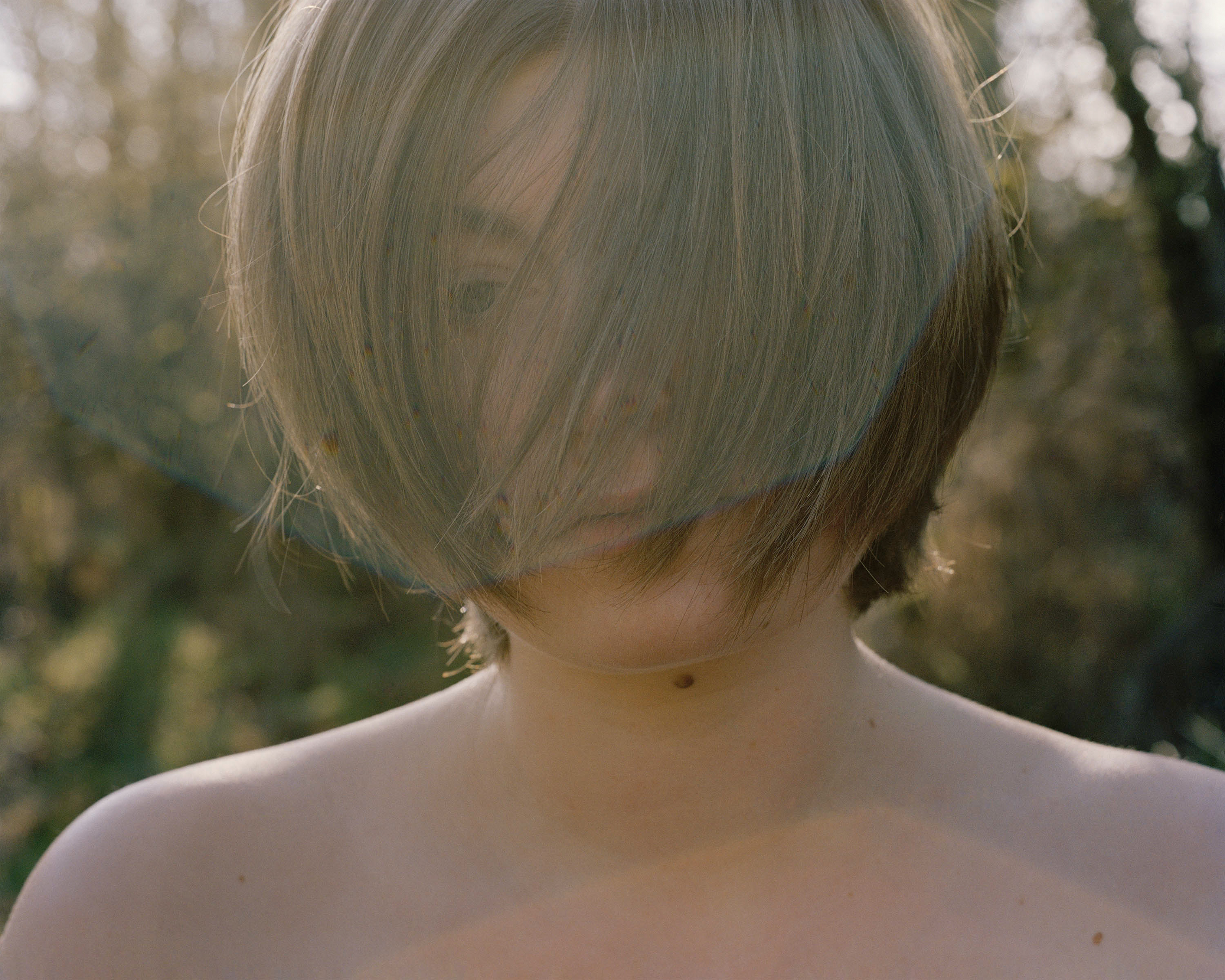
Sam Wrigglesworth
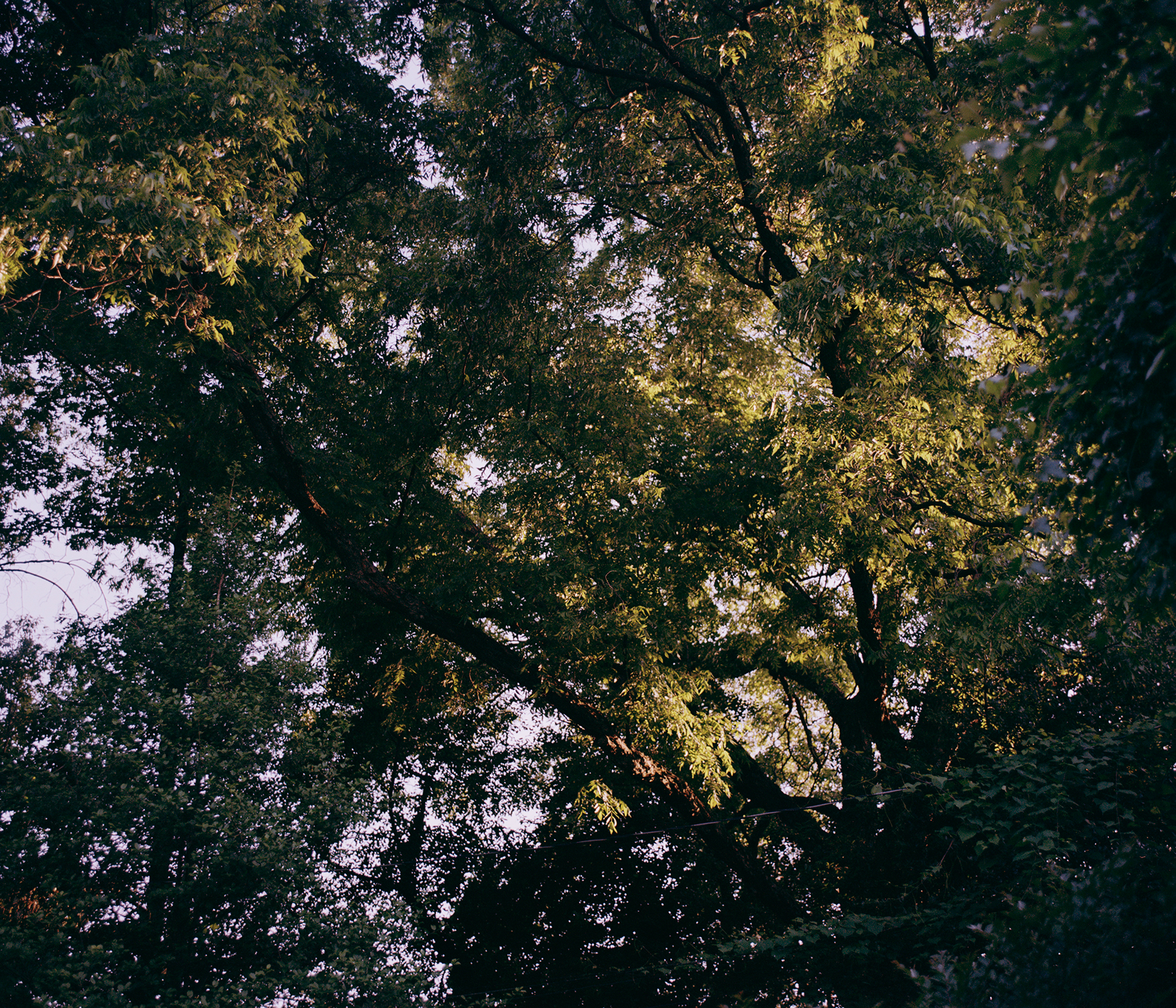
Ellie Musgrave
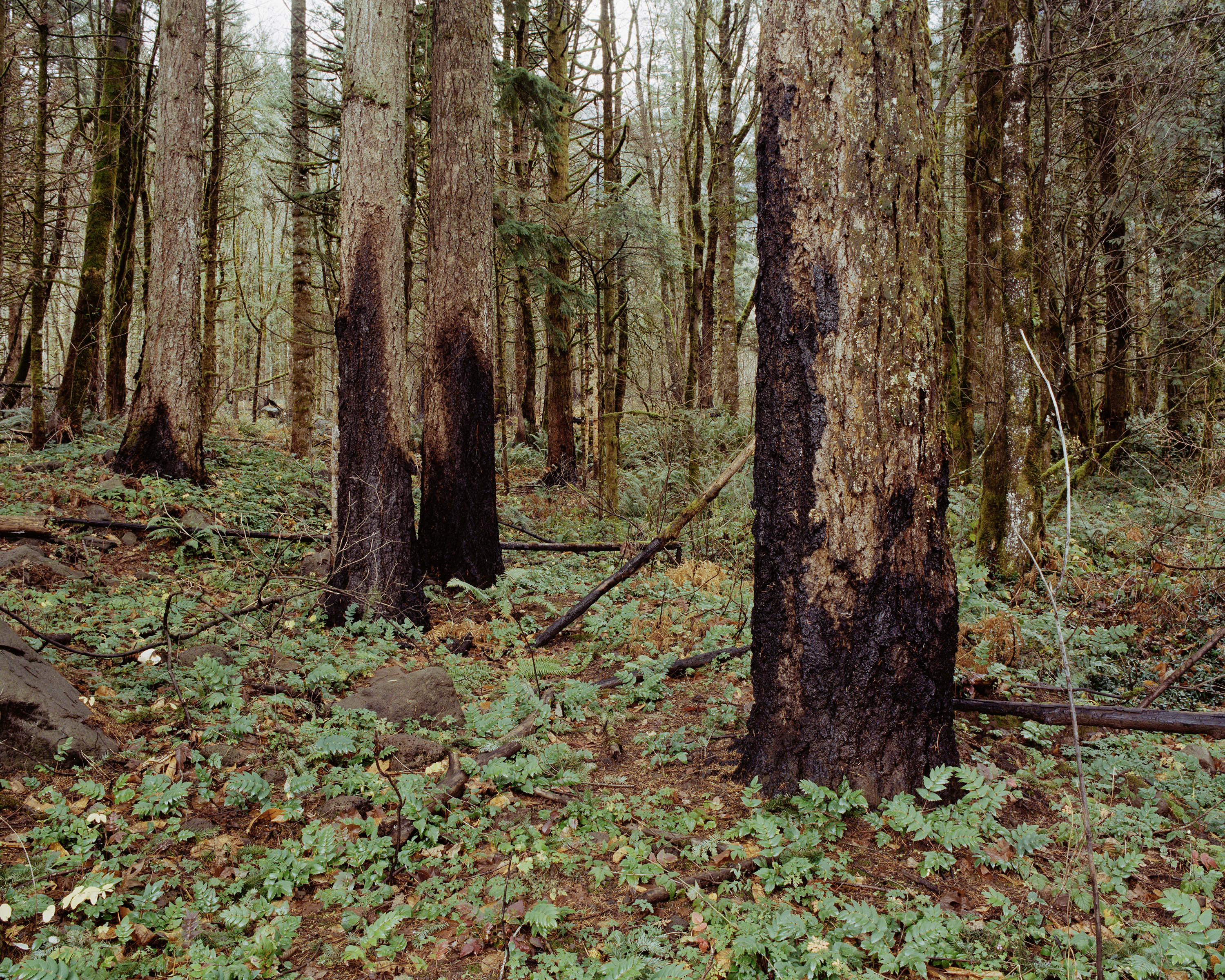
Sam Wrigglesworth
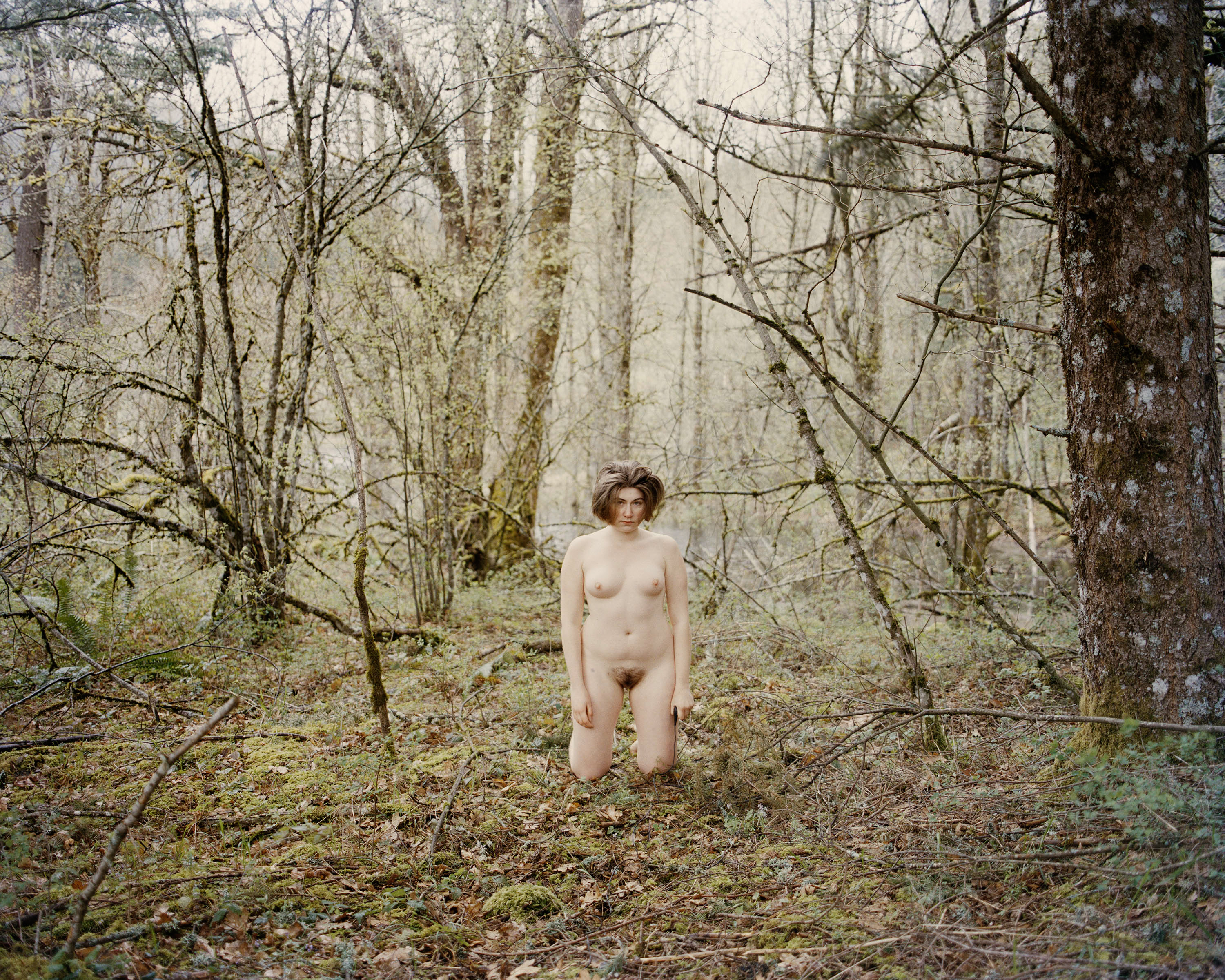
Sam Wrigglesworth
EM: While this project has deep roots in nature and the outdoors, how are you adapting to working while in self-isolation/quarantine? Do you find yourself wanting to make work about being present/honest in light of this pandemic, or are you finding that you want to make work that feels more like an escape from the current situation?
SW: I’m taking this day by day and some days are better than others, but I don’t think I’m looking for an escape. Among other things, I’m drawn to art-making as a way to be present while working through something, and to build awareness and resilience in that process. This pandemic has definitely shifted my perspective, I’ve been thinking about ways of adjusting my creative practice to allow space for more relational thinking and investments in communal care. Like a lot of people in social isolation right now I’ve taken up gardening, which might not immediately sound like an arts practice, but I find it’s right in line with what we’ve been talking about. I’ve been thinking about embodied labor as a healing tool in times of ongoing trauma and gardening as a way to have a collaborative experience with the non-human world. Planting a seed also has to be the ultimate signal of hope for a future, as corny as that is to say, I really feel it.
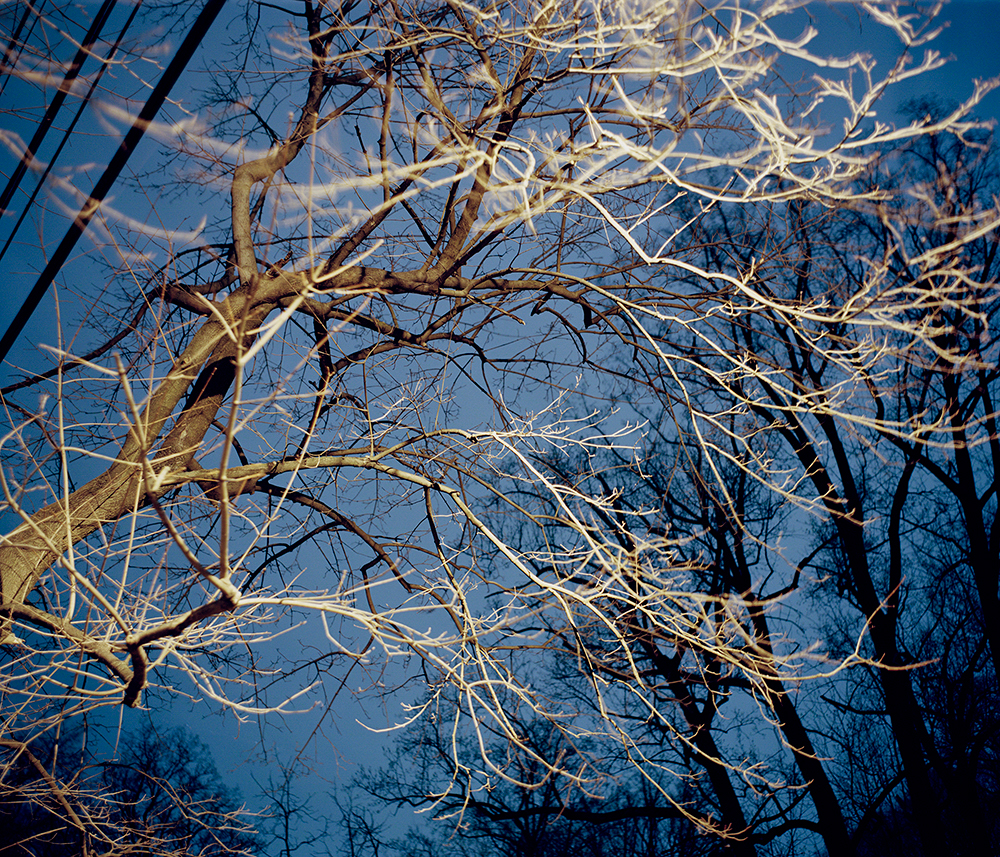 Ellie Musgrave
Ellie Musgrave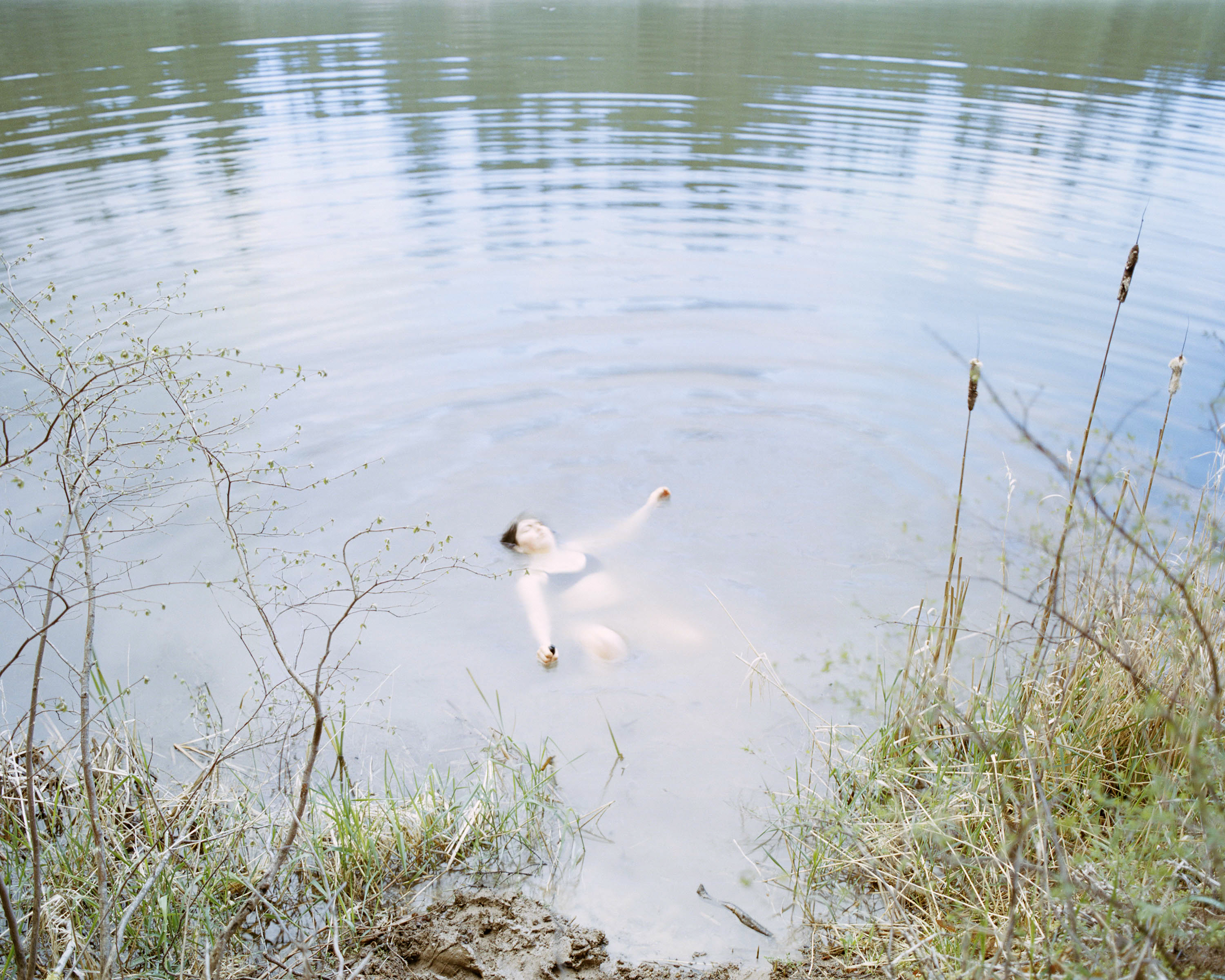
Sam Wrigglesworth
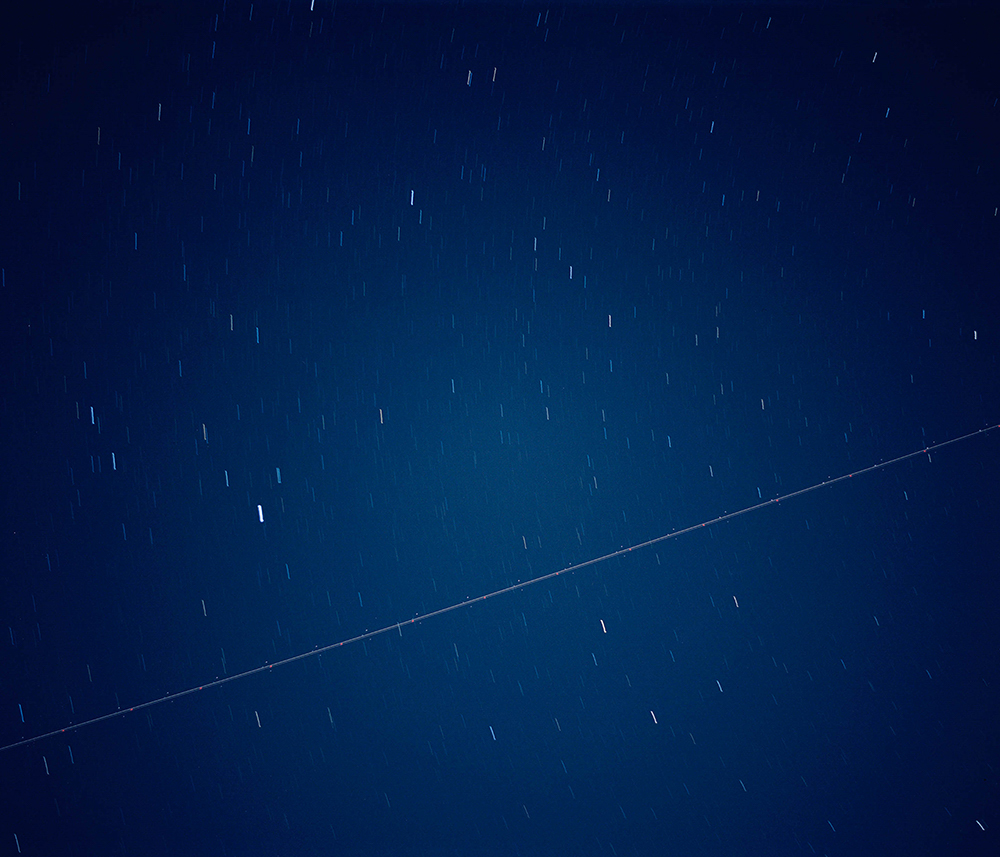 Ellie Musgrave
Ellie MusgraveSam Wrigglesworth is an artist living and working in Eugene, Oregon. They earned their BFA in Photography at the University of Oregon in 2019 and they are a member of Tropical Contemporary.
Ellie Musgrave is a photographer and writer. Having graduated with a BFA in Photography from Pratt Institute in 2017, she is living and working in Brooklyn, NY.
